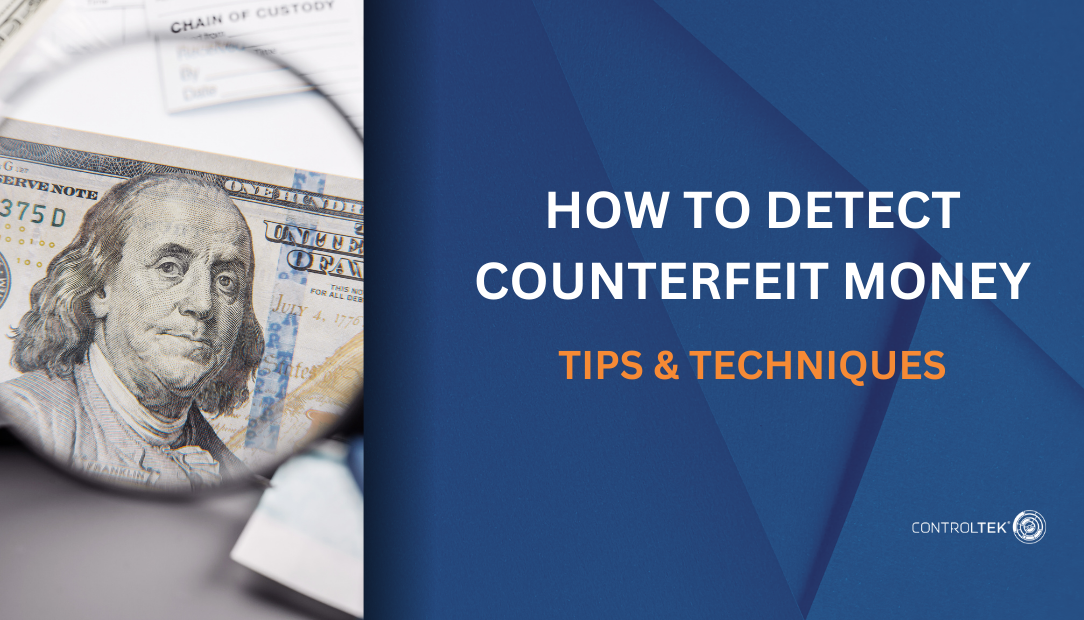How to Detect Counterfeit Money: Tips and Techniques
March 30, 2023Counterfeit money is a major problem worldwide, and it's not always easy to tell whether the bills in your wallet are genuine or fake. However, by learning a few simple techniques and using some basic tools, you can significantly reduce the risk of accepting counterfeit currency.
In this blog post, we'll share some tips and techniques to help you detect counterfeit money, including:
- Check the paper and printing quality
- Look for security features
- Use a counterfeit detection pen
- Check for watermarks and security threads
- Compare the bill to a genuine one
Let's dive in!
Check the paper and printing quality
The first step in detecting counterfeit money is to examine the paper and printing quality of the bill. Genuine currency is printed on high-quality paper that is made of a blend of cotton and linen. The paper should feel crisp and firm, not flimsy or limp.
The printing quality should also be sharp and clear. Check the portrait on the bill for details such as lines, dots, and fine printing, which can be difficult for counterfeiters to reproduce.
Look for security features
All genuine currency has security features designed to deter counterfeiting. Look for these features on the bill you're examining, including:
- Color-shifting ink: Tilt the bill back and forth to see the ink color shift from green to black or gold to green, depending on the denomination.
- Microprinting: Look for tiny letters and numbers that are too small to be copied by a printer. These can be found on various parts of the bill, including the borders and around the portrait.
- Raised printing: Genuine currency has a slightly raised texture to the printing, which can be felt when you run your fingers over it.
- Holograms: Some bills have holograms, which are difficult to reproduce and can be seen when the bill is tilted.
Use a counterfeit detection pen
One of the easiest and most effective ways to detect counterfeit money is to use a counterfeit detection pen. These pens contain a special ink that reacts with the starch in most types of paper, turning black if the bill is counterfeit. Simply draw a line on the bill with the pen and wait for the ink to dry. If the line turns black, the bill is likely counterfeit.
Note that these pens are not foolproof, as some counterfeiters use paper that has been treated with chemicals to bypass the test. However, they are still a useful tool to have on hand.
Check for watermarks and security threads
Many bills have watermarks and security threads embedded in the paper. Watermarks are images that are visible when the bill is held up to the light, while security threads are thin, embedded strips that run vertically through the bill.
Check for these features by holding the bill up to the light and looking for the watermark and thread. The watermark should be a replica of the portrait on the bill, while the security thread should be visible from both sides of the bill.
Compare the bill to a genuine one
If you're still unsure whether a bill is counterfeit, compare it to a genuine bill of the same denomination. Look for differences in the paper quality, printing quality, and security features. If you spot any significant differences, the bill is likely counterfeit.
Final thoughts
Counterfeit money is a serious problem, but by using these tips and techniques, you can reduce the risk of accepting fake currency. Remember to check the paper and printing quality, look for security features, use a counterfeit detection pen, check for watermarks and security threads, and compare the bill to a genuine one.

